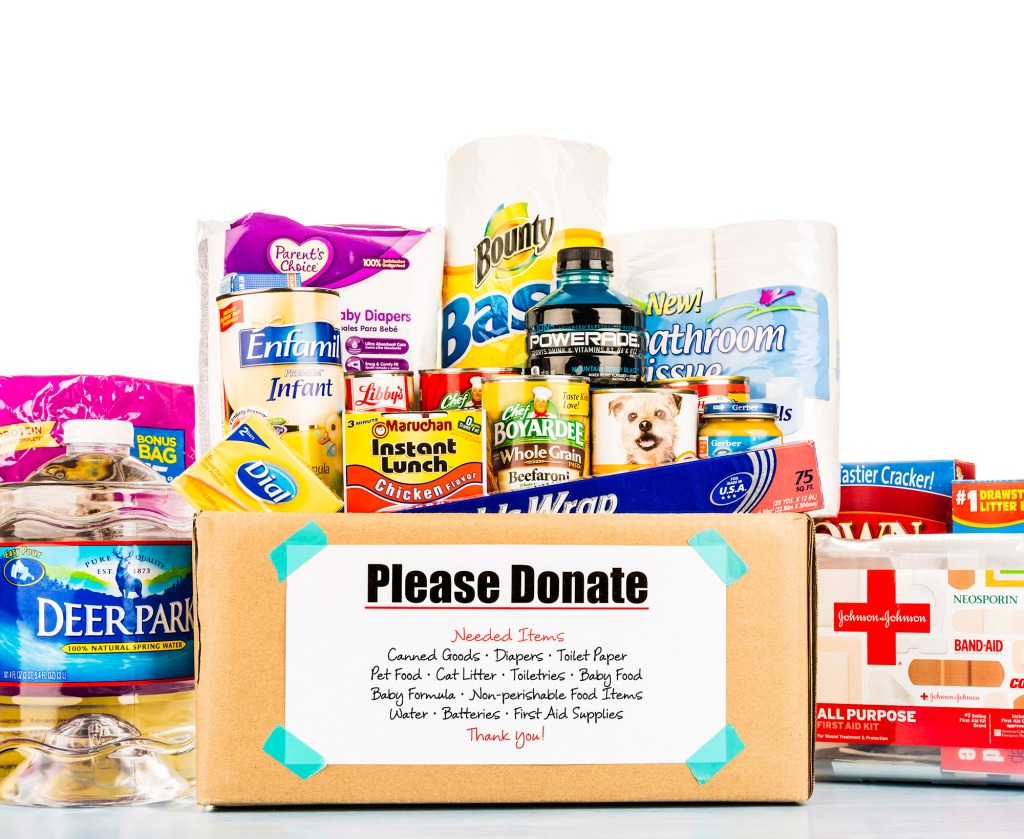How you can save money buying storm supplies
With an active severe weather season underway and promises for a busy hurricane season, officials in several Southern states are advising residents to stock on storm supplies and save a few dollars in the process.
Legislators in Louisiana, Florida and Virginia have passed tax holidays that temporarily halt the state tax on items considered essential to preparing for storms.
The dates and products included in the tax-free days vary by state, but in many locales, batteries, flashlights, generators and other commonly used items that fall under a specific price range are included.
Floridians are expected to save more than $25 million on the purchase of tax-free items in advance of the hurricane season.
“This year, the Disaster Preparedness Sales Tax Holiday has been extended to a full two weeks to ensure Floridians are receiving the maximum amount of savings and have enough time to prepare for hurricane season,” Florida Governor Ron DeSantis said in a statement.
The cost of preparing for a storm can run in the thousands of dollars, so any money that a family can save is undoubtedly helpful to the wallet.
A 2021 survey by the University of South Florida found that most respondents had less than $2,000 to spend on emergencies.
Many of the items on the disaster preparedness lists do not have expiration dates, so once a family is stocked up, the supplies will be able to be used whenever the next storm threatens.
Each year, the United States averages more than $52 billion in damage from weather and climate disasters.
The Federal Emergency Management Agency says successfully preparing for a storm can potentially avoid costly damage during a disaster.

FEMA suggests having supplies of the following items:
- Water (one gallon per person per day for at least three days_
- Food (at least a three-day supply of non-perishable food)
- Battery-powered or hand crank radio
- Flashlight
- First aid kit
- Extra batteries
- Masks
- Plastic sheeting
- Duct tape
- Cell phone with chargers and a backup battery
Read the full article Here


